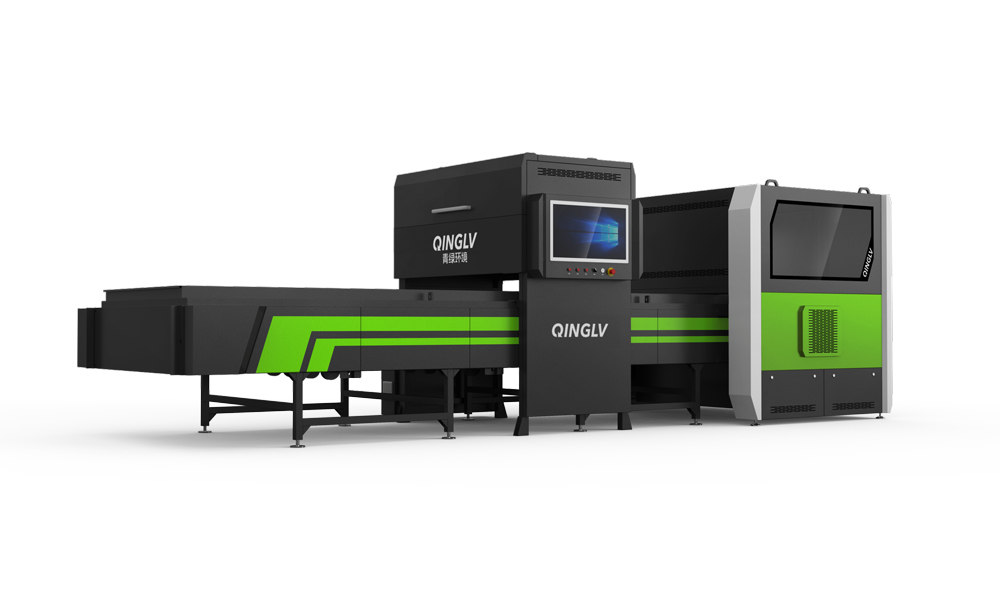 Time:2025-04-22
Time:2025-04-22
 Source:青绿环境
Source:青绿环境
With the acceleration of urbanization, the amount of domestic waste is increasing rapidly. How to efficiently and environmentally handle this waste has become an urgent problem. Against this backdrop, the emergence of waste sorting robots has brought revolutionary changes to domestic waste treatment plants, greatly improving the efficiency and quality of waste treatment.

Firstly, waste sorting robots significantly improve sorting efficiency. Traditional manual sorting is not only time-consuming and labor-intensive but also inefficient, failing to meet the growing waste treatment demands. In contrast, waste sorting robots, equipped with advanced visual recognition technology and high-speed robotic arms, can quickly classify large amounts of waste in a short time. This efficient sorting capability enables waste treatment plants to handle more waste, reduce waste accumulation time, and lower the risk of environmental pollution.
Secondly, waste sorting robots enhance the accuracy of waste classification. Accurate waste classification is key to resource recycling. Through precise image recognition technology, these robots can accurately distinguish different types of waste, such as plastics, metals, and glass, effectively avoiding human errors in classification. This not only helps increase the resource recycling rate but also reduces secondary pollution caused by harmful substances mixing with recyclables.
Moreover, waste sorting robots reduce labor costs and intensity. In traditional waste treatment, workers have to directly handle various types of waste, facing harsh working conditions and health risks. The use of waste sorting robots greatly reduces the need for human involvement, improving working conditions for employees. Although the initial investment is high, it can significantly cut labor costs in the long run, saving expenses for enterprises.
Lastly, waste sorting robots promote environmental protection. Their application facilitates effective resource recycling and reduces landfill waste, easing the pressure on land resources. Through precise classification, harmful waste can be better managed to prevent soil and water pollution, which is significant for promoting green and sustainable development.
In summary, waste sorting robots, with their efficiency, precision, and cost-effectiveness, not only enhance the working efficiency of domestic waste treatment plants but also make important contributions to environmental protection. As technology advances, it is believed that waste sorting robots will play a bigger role in more fields, helping to build a cleaner and more beautiful Earth.













 Prev
Prev











